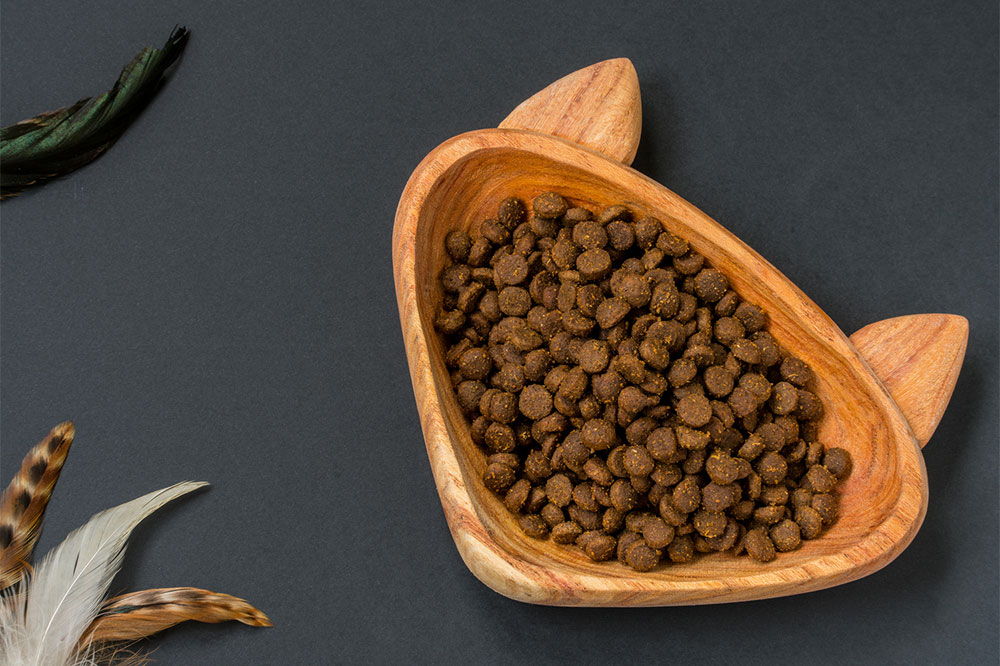
Tips for Healthy Cat Treats
If you’re a cat parent, you know foods like raw eggs, raw meat, and chocolates aren’t good for the feline’s health. You’re always looking to inculcate a well-balanced diet to your pet’s routine with food that’s packed with nutrients and in adequate amounts. But, we all succumb to spoiling them with treats, and that’s okay as long as you’re feeding your cat healthy treats. And if that’s not the case, read on to find out which ingredients can make way into the healthy cat treats to make a more informed choice.
Protein
Protein tops the list of ingredients in healthy cat treats, as they’re obligate carnivores. Look for ingredients including chicken, salmon, turkey, lamb, and other meats. An adult cat food may comprise 26% protein, and a growing or a reproductive cat must intake 30% of protein through its diet. However, entirely avoid treats that read animals by-products on the label.
Fat
Like protein, cats thrive on fats, and 15% of fat in their foods is ideal. It’s their energy source that helps absorb a number of vitamins and offer a layer of protection of their internal organs. The saturated fats from animal proteins make for a good source of omega 3 and omega 6 fatty acids. These benefit the cats with health and vitality; however, steer clear of beef fat.
Taurine
While the human body produces the amino acid taurine, cats lack the ability and need to be provided with this healthy ingredient through its food, better yet, treat. It’s essential for the cat’s vision, digestion, heart, growth, and pregnancy. This animal-based protein is commonly found in cat food.
Catnip
This fragrant herb will have your feline friend go bonkers with just one sniff. With frequent catnip treats, a cat that loves to take naps during the day will start being more active, whereas if your cat usually is aggressive, catnip will have a calming effect on your furball. To prevent adverse effects, feed your cat in small quantities to see how it responds.
Fiber
Fiber plays a significant role in digesting food, as it enhances the production of good bacteria and promotes intestine health among this feline species. Rice bran and beet fiber are two fiber-rich ingredients to add to your pet’s treat.
Vitamin and minerals
Before adding vitamins to your cat’s diet, get a proper understanding of the right proportion to enhance their diet, as it can have adverse effects on your pet. Cats thrive on vitamin A and vitamin B. However, you don’t want vitamin K (menadione or menadione sodium bisulfite or bisulfate), which acts as an inexpensive filler in cat treats.
In case your cat is on a specific diet, pregnant, or suffering from an illness, it’s ideal to discuss any diet addition with your vet.


